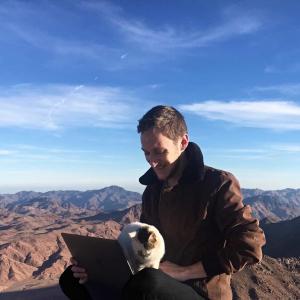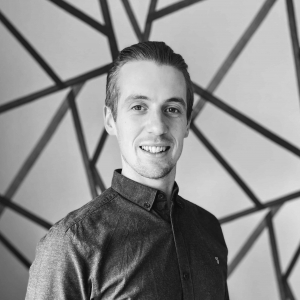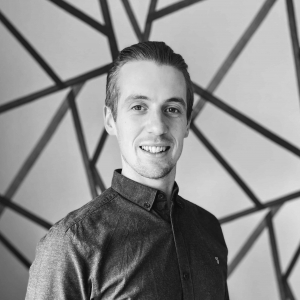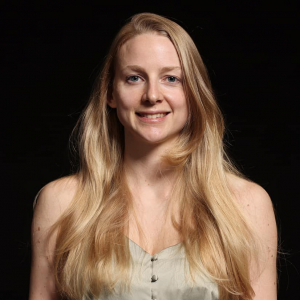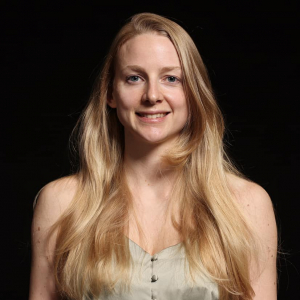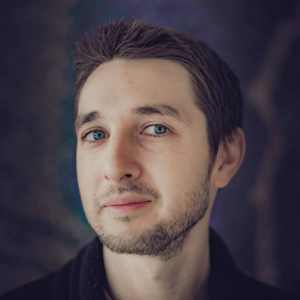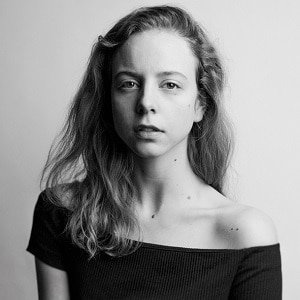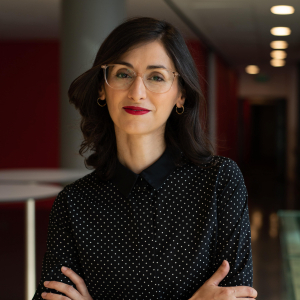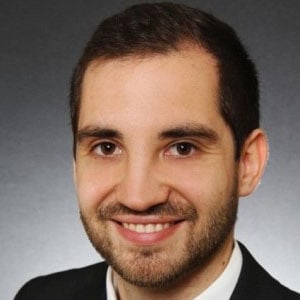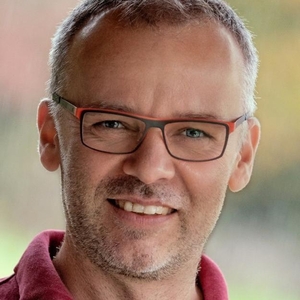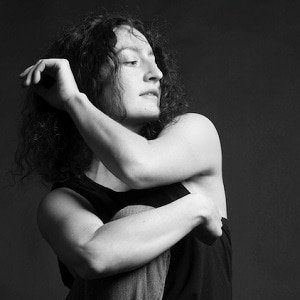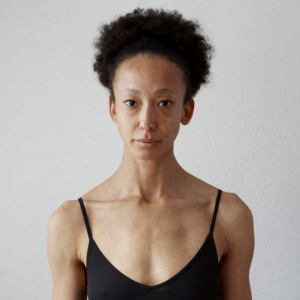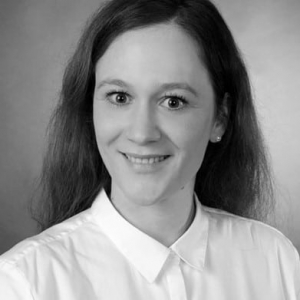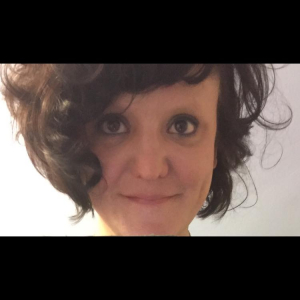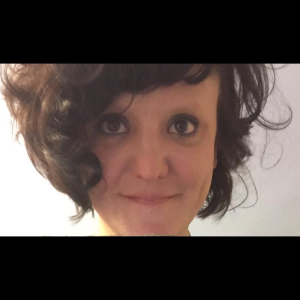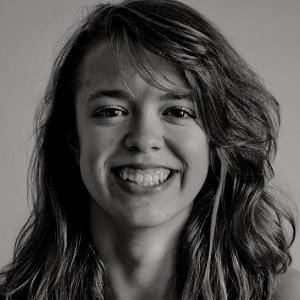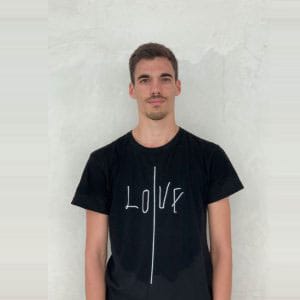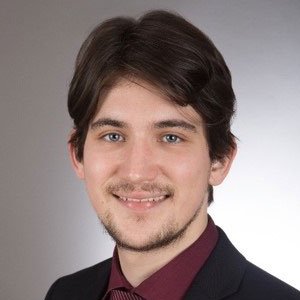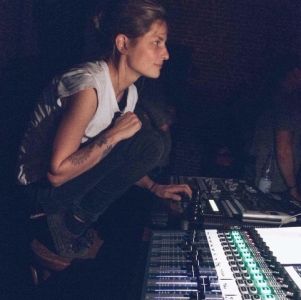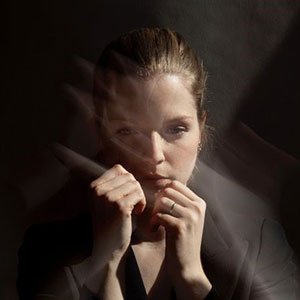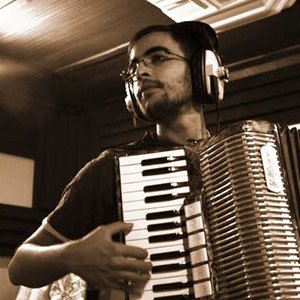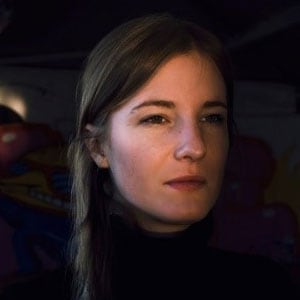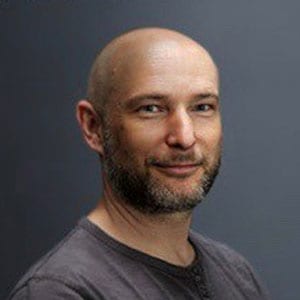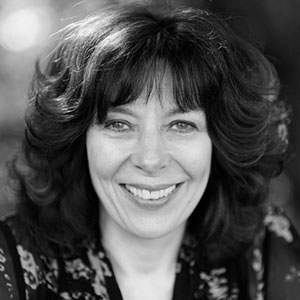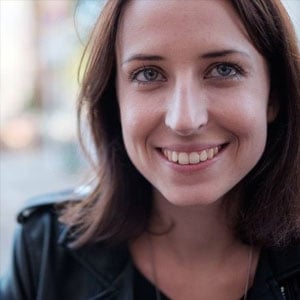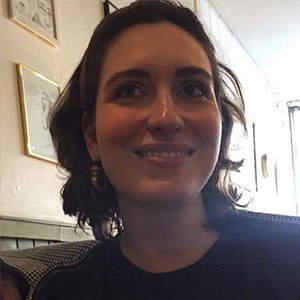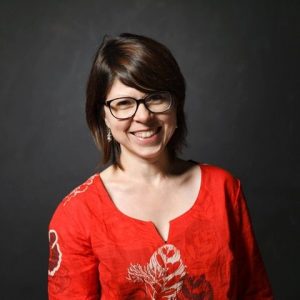Choreography by Elisabeth Schilling
⠀⠀⠀⠀⠀⠀⠀⠀⠀⠀⠀⠀
‘She dives into this world of powerful sound in an incredibly sensitive way, powerful even in silence. (…) Fragile and stringent at the same time, her dance, between intuition and construction, is powerful, energetic and tender. Yet always somehow fragile. So clever and so touching.’
– Rando Hannemann, tanz.at –
⠀⠀⠀⠀⠀⠀⠀⠀⠀⠀⠀⠀
Concept
Look up, and hear the ticking… The Hungarian composer György Ligeti was fascinated by the coexistence of clocks and clouds in our world, of exact measures as well as approximations, and he translated this coexistence into music. As both clouds and clocks continue to inspire human imagination, for Ligeti they provided a point of convergence from which to experiment in a constant conversation between the arts and the sciences.
⠀⠀⠀⠀⠀⠀⠀⠀⠀⠀⠀⠀
With PRISMA, Elisabeth Schilling takes Ligeti’s scientific-artistic immersion as a method and extends it to the domain of engaged dance. For this purpose, she has picked the Études, a series of short and extremely difficult pieces for solo piano, which, according to Ligeti, behave, in a compositional and pianistic sense, like “growing organisms”. Following this line of thought and alongside the pianist Cathy Krier, Schilling has focussed on the first two books of the Études, treating dance and music as contiguous forms growing alongside and into each other to produce a dance-concert/concert-dance in which neither form dominates the other. Working with intricate scores that sustain a tension between the clockwork of a fully determined piece and the clouds of possibility that engulf a sense of improvisatory freedom, the singular characteristics of each of the Études (colours, textures, movements, atmospheres) are woven into a complex and forever open whole.

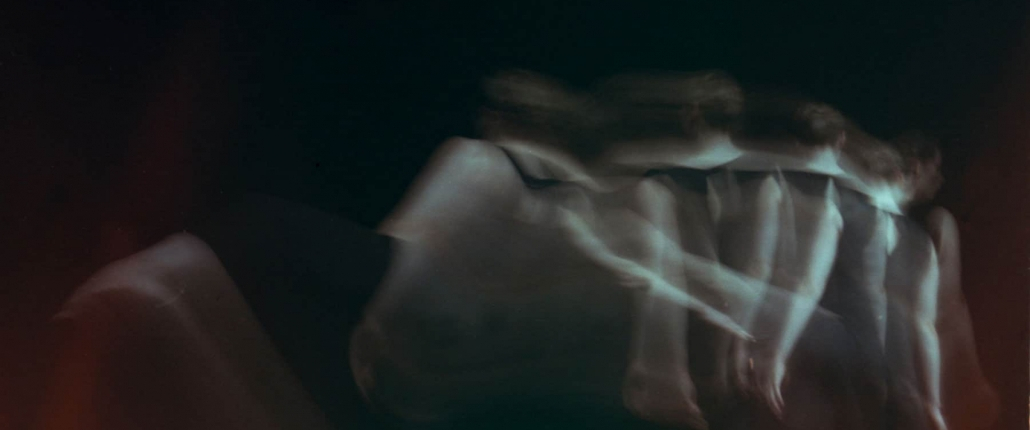
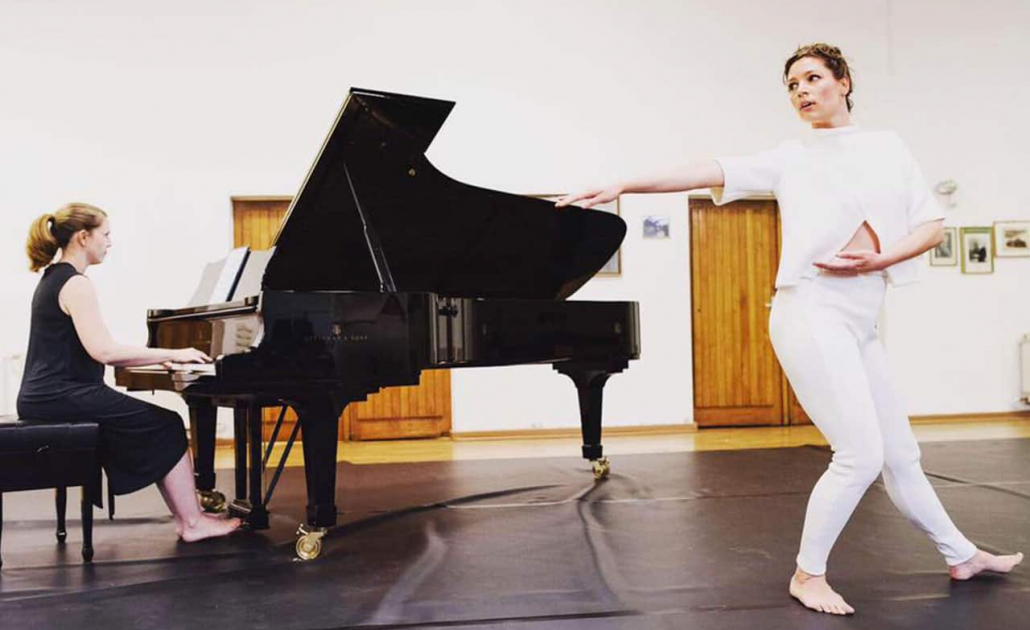








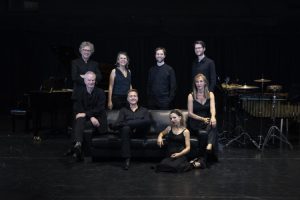
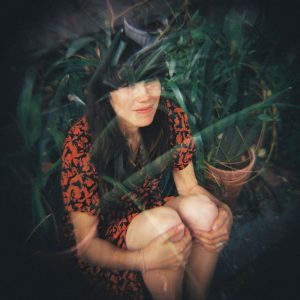


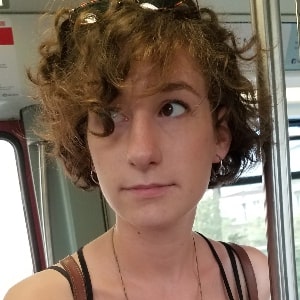
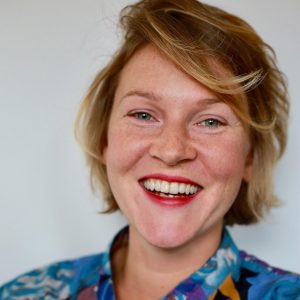
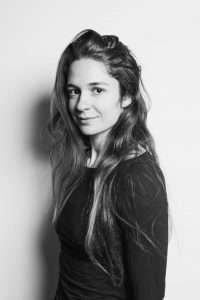
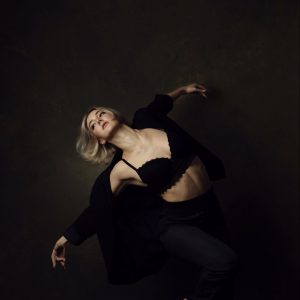
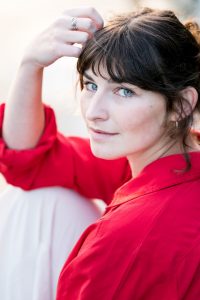
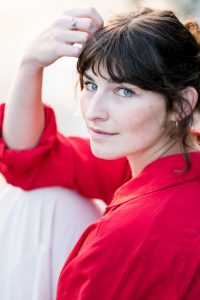
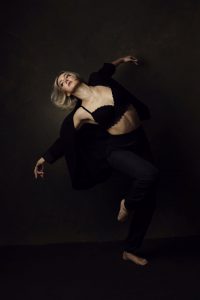
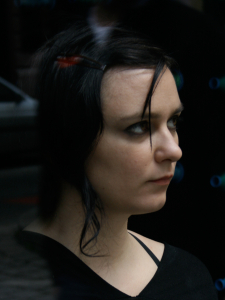


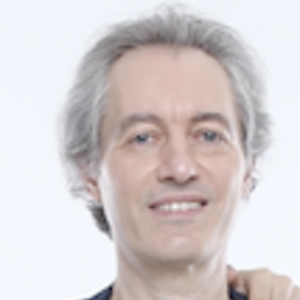
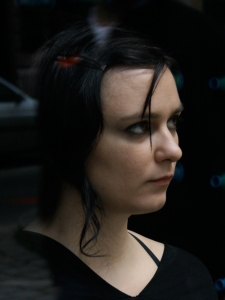

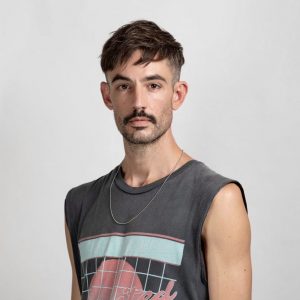
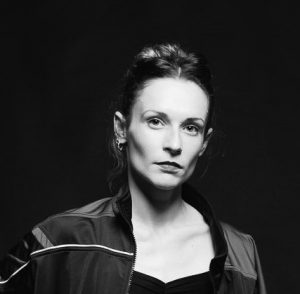 Lou begann im Alter von 5 Jahren in ihrer Heimatstadt zu tanzen. Im Jahr 2012 schloss sie sich dem Ballet Junior de Genève an, wo sie Werke von renommierten Choreografen wie Andonis Foniadakis oder Hofesh Schechter tanzte. 2016 schloss sie sich dem Kamea Dance Cie in Israel an, wo sie unter anderem Werke des Regisseurs Tamir Ginz, aber auch von Nacho Duato und Marco Goecke tanzte. Seit 2020 ist sie als Gasttänzerin am Grand Théâtre de Genève engagiert und arbeitet seitdem als freischaffende Tänzerin.
Lou begann im Alter von 5 Jahren in ihrer Heimatstadt zu tanzen. Im Jahr 2012 schloss sie sich dem Ballet Junior de Genève an, wo sie Werke von renommierten Choreografen wie Andonis Foniadakis oder Hofesh Schechter tanzte. 2016 schloss sie sich dem Kamea Dance Cie in Israel an, wo sie unter anderem Werke des Regisseurs Tamir Ginz, aber auch von Nacho Duato und Marco Goecke tanzte. Seit 2020 ist sie als Gasttänzerin am Grand Théâtre de Genève engagiert und arbeitet seitdem als freischaffende Tänzerin.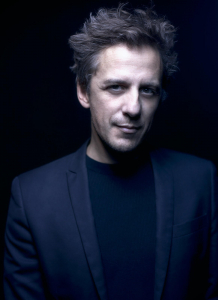
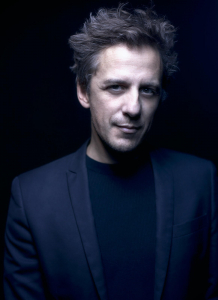
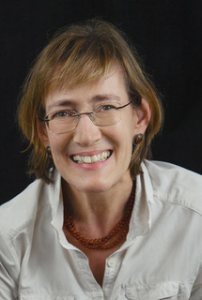
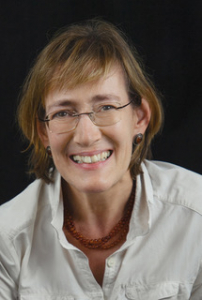
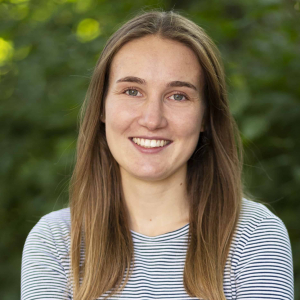 Johanna Schmitt
Johanna Schmitt Johanna Schmitt
Johanna Schmitt